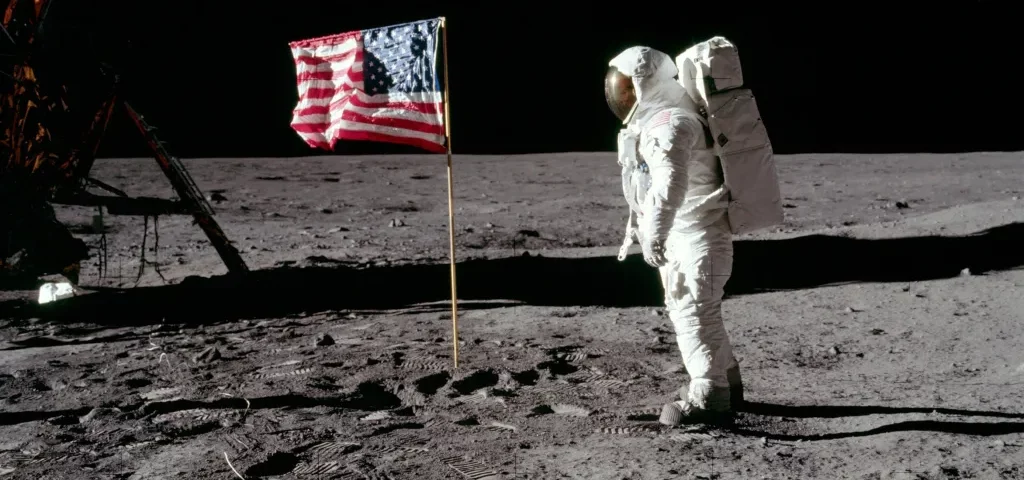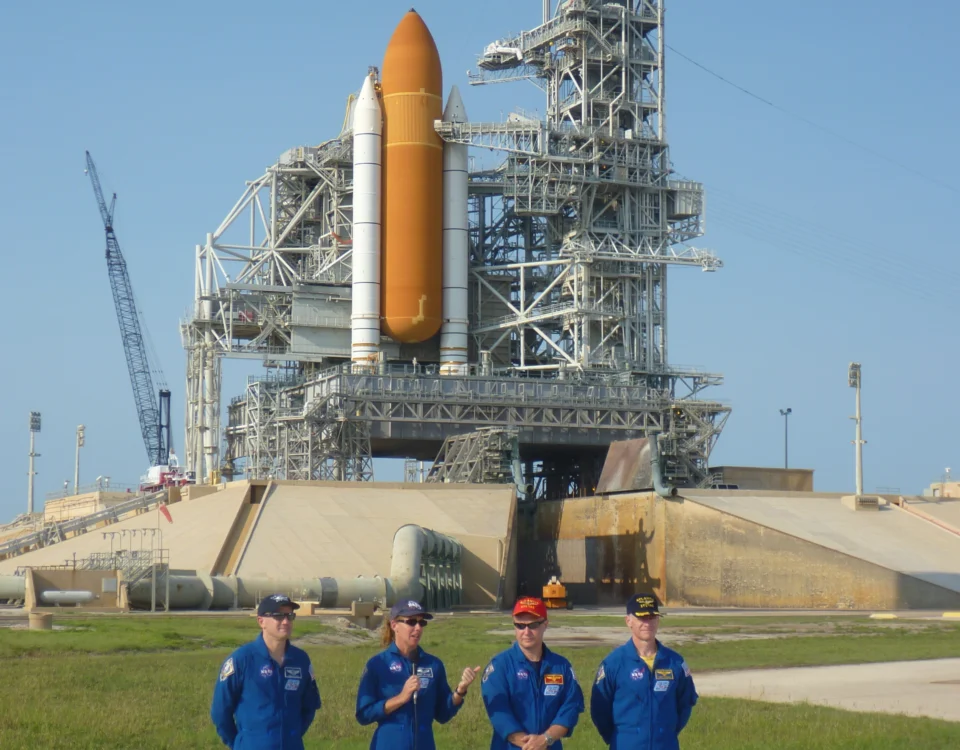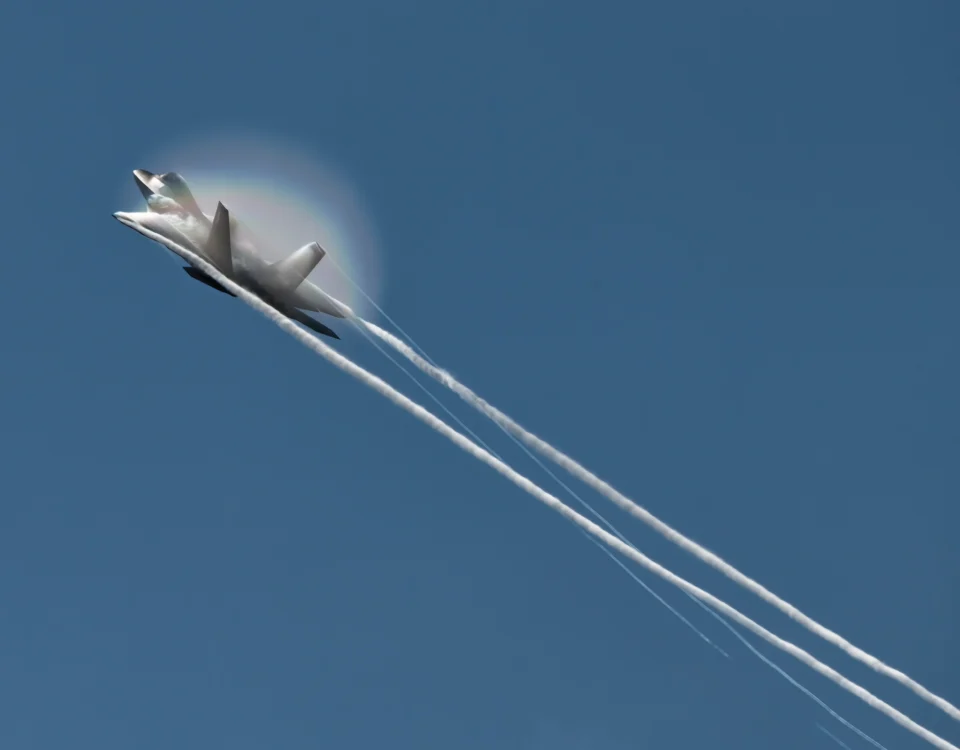Today marks the 55th anniversary of two humans – Neil Armstrong and Buzz Aldrin – stepping onto the surface of the moon, as fellow NASA astronaut Michael Collins orbited above them awaiting their return. The success of the Apollo 11 mission was history on a global scale, though it was the United States that had the resources and – most importantly – the national determination to make the Apollo program a reality, in just a handful of years.
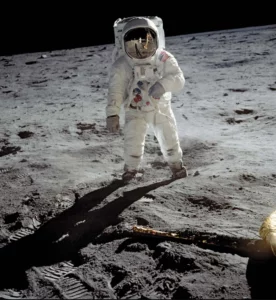
Of course, I had to use it – one of the most iconic photographs in recorded history. Buzz Aldrin stands among astronaut footprints on the surface of the moon, July 20, 1969. Photo: Neil Armstrong/NASA
The decades since? That national determination has been a fickle presence. The Space Shuttle program which followed the lunar efforts largely built on a “business as usual” attitude that first became apparent in later Apollo missions. Despite the loss of two orbiters, the shuttle program largely did what it was designed to do – make living and working in space much more of a reality. But the pursuit of those goals did not carry the sheen of glamour. The American public seemed to lose interest in space exploration, as space activities in low earth orbit did not have the romance of setting foot on heavenly bodies.

Core stage of NASA’s Space Launch System seen earlier this week as it begins a 900-mile journey from Louisiana to Kennedy Space Center in Florida. The protective barge used in transport is named Pegasus. Photo: NASA
Now NASA is closer to hopefully rekindling that interest, even as SpaceX and other companies make spaceflight more routine with each passing month. The national space agency is hoping the ambitious – and very expensive – Space Launch System will capture the imagination. Designed to propel astronauts from Earth into lunar orbit – where a vehicle provided by partner SpaceX will then ferry crew members to the surface of the moon – the SLS took one small step closer to making that goal a reality this week. The core stage rocket that is the propulsive heart of SLS began a journey four days ago from the Michoud Assembly Facility in Louisiana, destined for Kennedy Space Center. It is a massive vehicle at 212 feet tall, the largest such rocket NASA has ever built. Once at KSC and assembled with the other components of the SLS and Orion spacecraft, this rocket will serve the Artemis II mission – NASA’s crucial first crewed launch of the SLS program. While the scheduled flight of Artemis II is still over a year away, production work has already begun on the core stages of Artemis III, IV, and V.
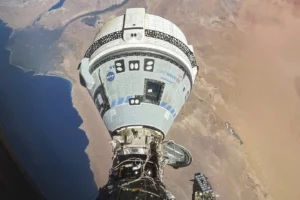
Boeing’s Starliner achieved orbit on June 5, 2024, then linked up with the International Space Station. It’s the return from that orbit that has proven to be problematic, as Boeing works through a series of thruster issues that have delayed the return of astronauts Suni Williams and Butch Wilmore. Photo: NASA
Naturally, much of the public perception of Artemis and the SLS will be flavored by media coverage. Just ask Boeing, a company whose name is frequently preceded these days by the word “troubled.” With the initial landing of its manned Starliner stalled by first-flight gremlins, its two crew members are still awaiting permission to land from their extended stint aboard the International Space Station. Boeing is walking the fine line of seeking media coverage for its space activities and finding out how detrimental that coverage can be when things are not proceeding according to plan.



